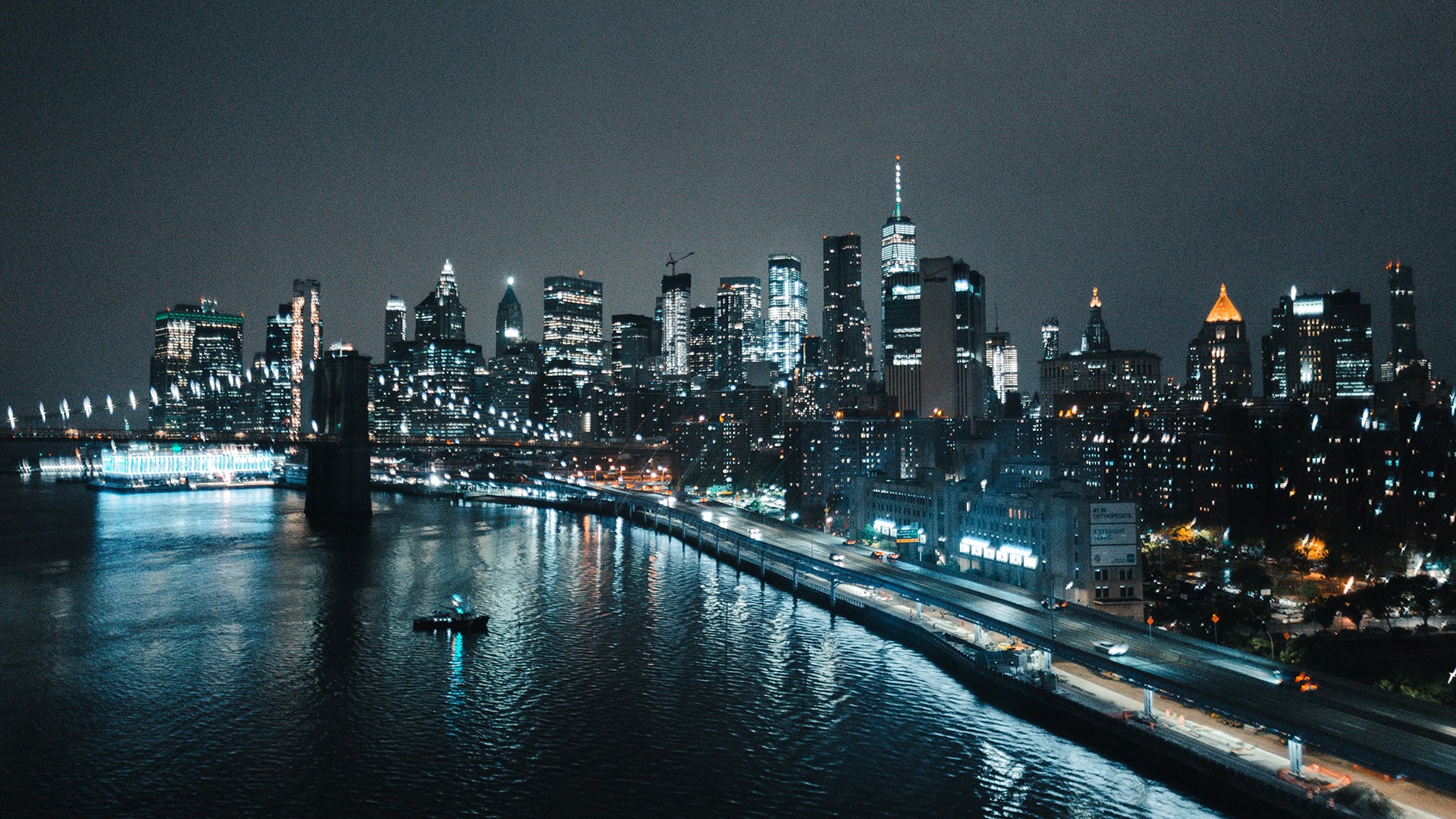Night city photography is among the most complex tasks in photography. You will need to leave the comfort zone of the automatic mode and develop more advanced technical skills in order to capture the desired image. How to shoot movement in low light? What settings to choose? How to capture light trails? We will take a closer look at different ways of optimizing night city photos.

You’re getting blind.
Don’t miss the best of visual arts. Subscribe for $9 per month or $108 $90 per year.
Already suscribed ?



